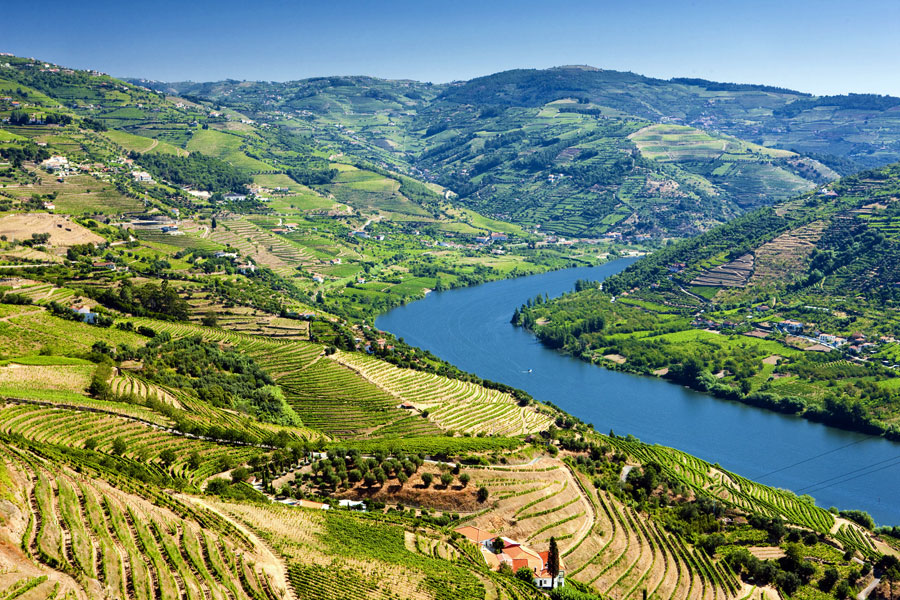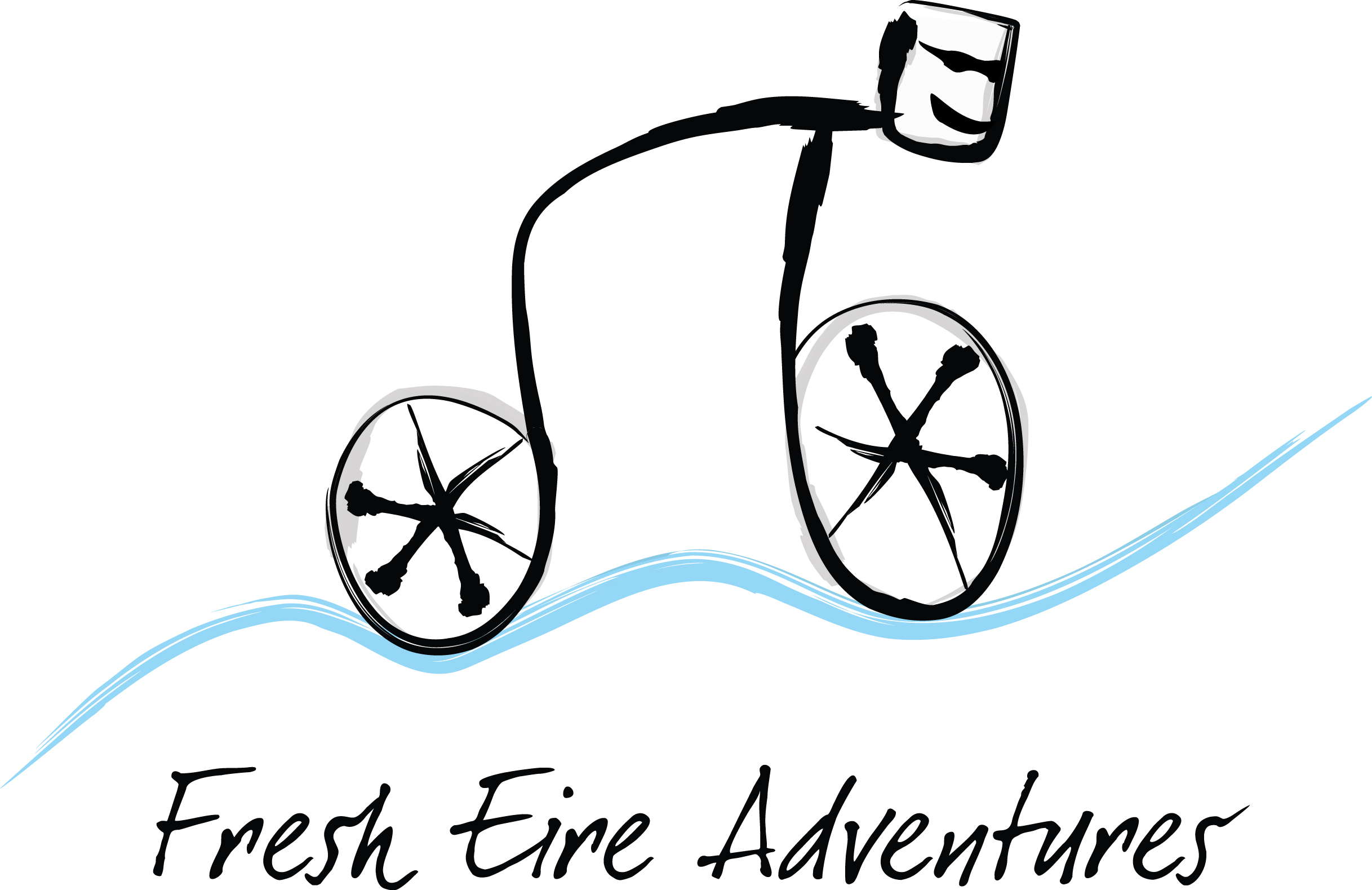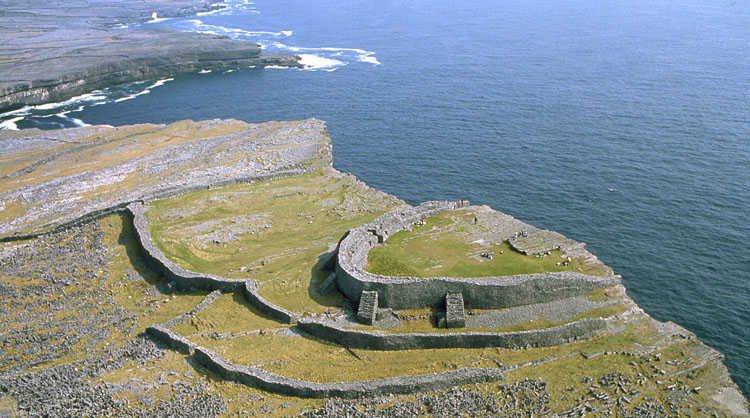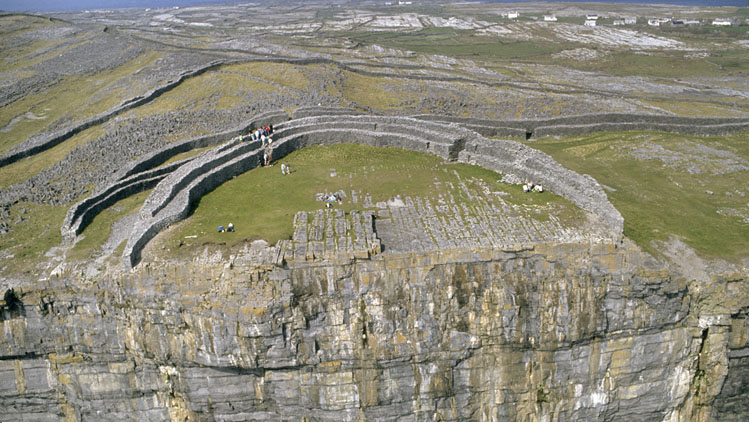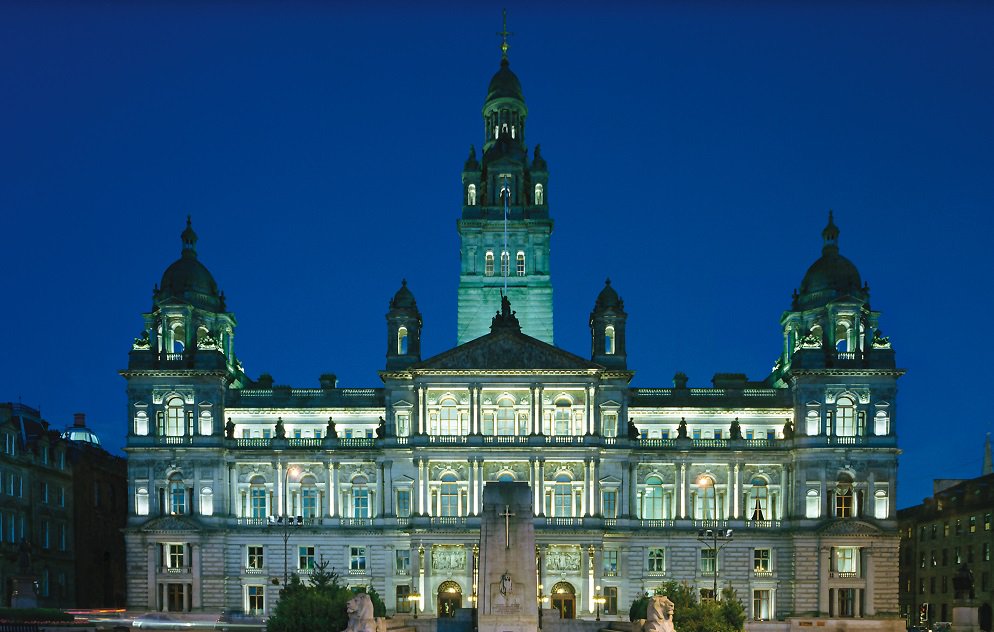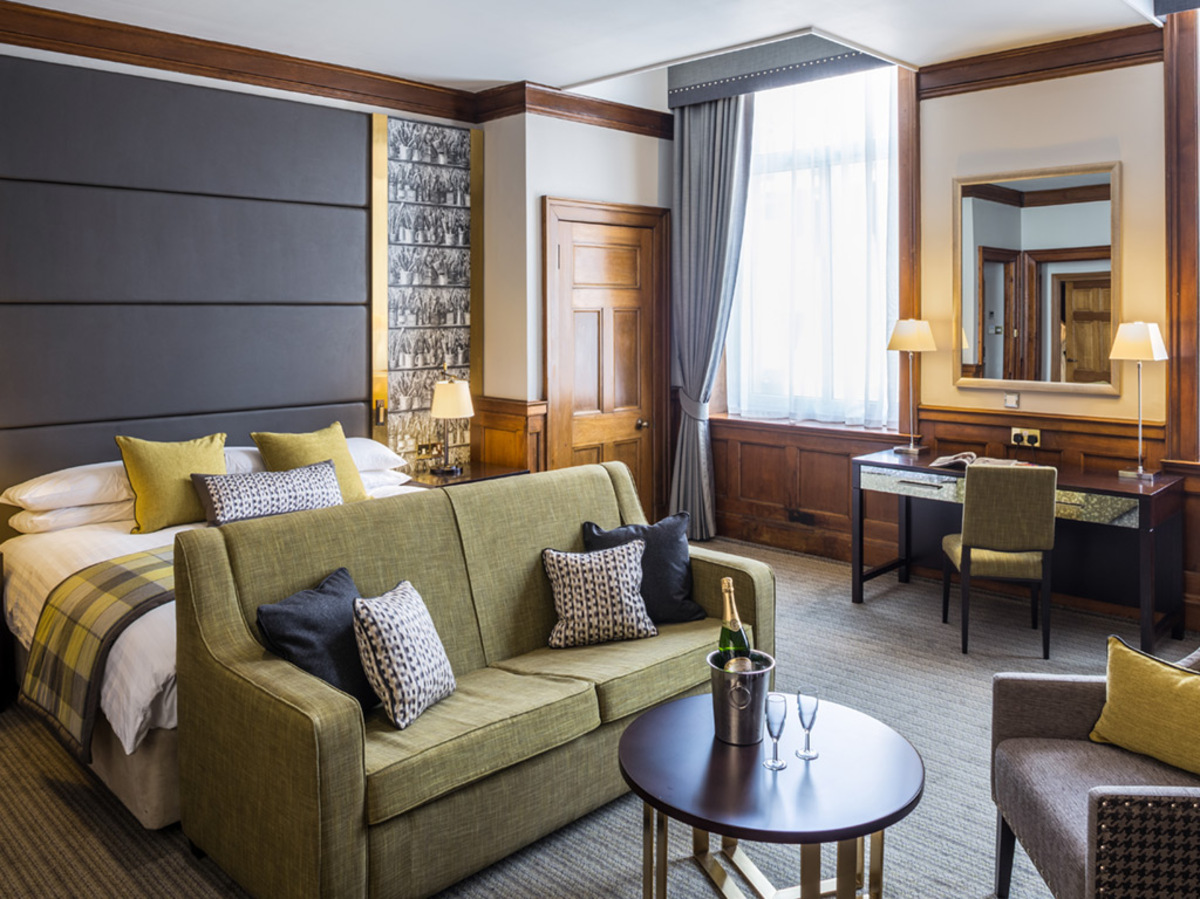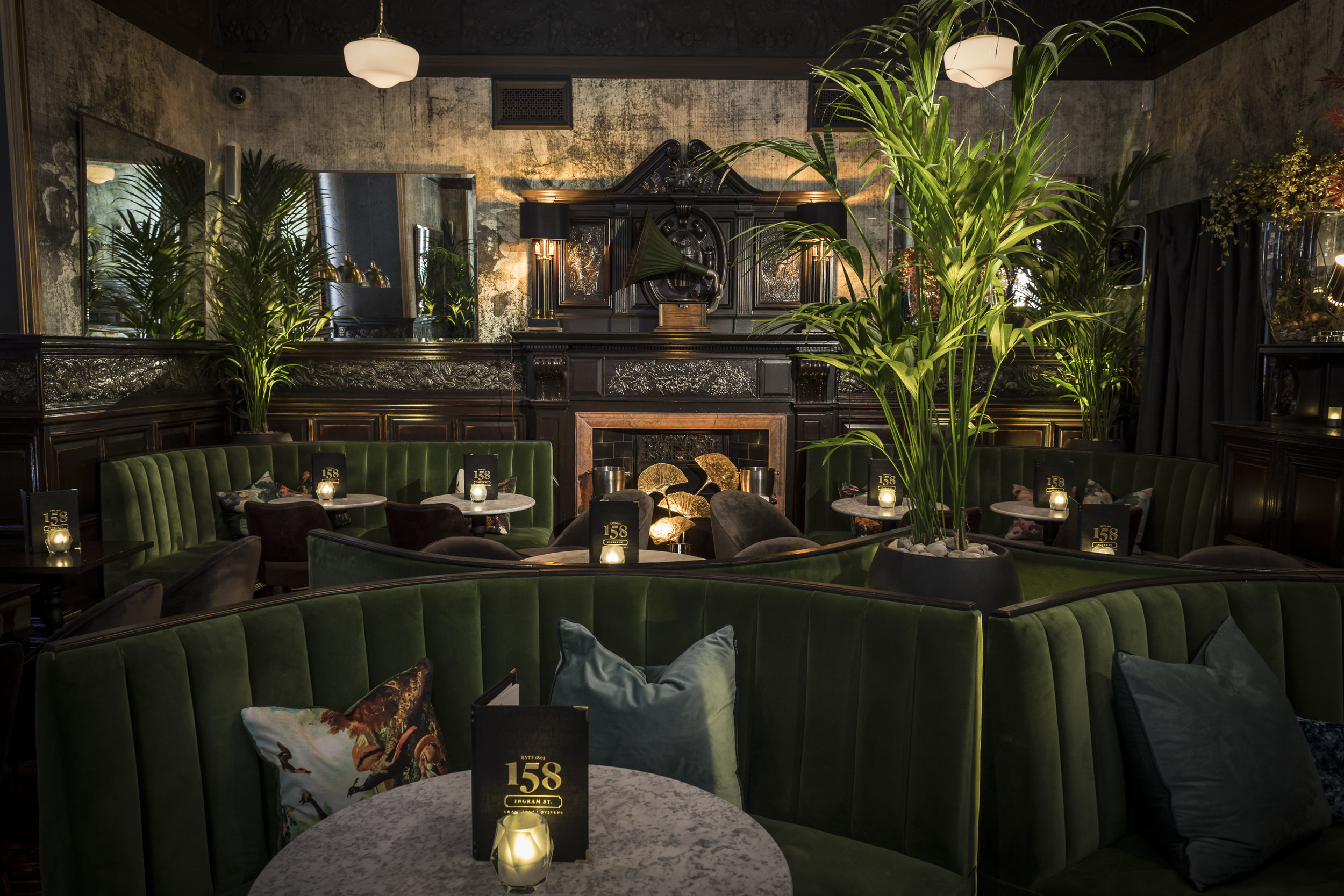Dublin - Day Trip To Newgrange Brú Na Bóinne is about 8 km inland from Drogheda and is the name given to an area rich in archaeological remains which include Newgrange, Knowth and Dowth, situated within a bend in the River Boyne. In recognition of the international importance of these monuments and the many associated sites in the area, the United Nations Educational, Scientific, and Cultural Organisation (UNESCO) has designated Brú Na Bóinne a World Heritage Site.
Constructed during the Neolithic or Stone Age, the passage tombs at Brú Na Bóinne are about 5000 years old. The people who built these monuments belonged to a thriving farming community who used simple tools of wood and stone. Nevertheless, they had within their society expertise in architecture, engineering, geology, art and astronomy. As the name implies, passage tombs consist of a passage leading into a chamber where the remains of the dead were placed. A large mound of stones or earth covers the passage and chamber, which in turn is retained at is base by large boulders, called kerbstones. The time and labour invested in the construction of the tombs implies a well-organised society with specialized groups responsible for different aspects of work.
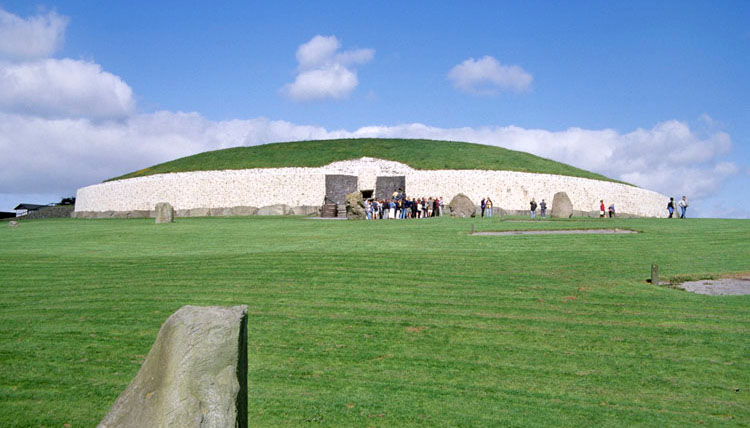 Description
Description The passage at Newgrange points to the south east and is just less than 19 metres long. It leads into a chamber with three recesses. A corbelled roof covers the chamber. To construct the roof, the builders overlapped layers of large rocks until the roof could be sealed with a capstone, 6 metres above the floor. After 5000 years the roof at Newgrange is still waterproof. The flat-topped cairn or mound covering the chamber is almost 0.5 ha. in extend. It is roughly circular and is estimated to weigh 200,000 tonnes in total. It is made up of water-rolled stone from the terraces of the River Boyne. Excavations showed that white quartz stone, from quartz veins in the Wicklow Mountains and other areas and round granite boulders, from the Mourne and Carlingford areas, were used to build a revetment wall above the kerb along the front of south side of the mound. As is usual in Irish passage tombs, the recess on the right as one enters is the largest and most ornate. On its floor are two stone basins, one inside the other. The upper basin, worked with flint tools from granite, is a superb example of the skill of the Neolithic craft workers. The lower stone basin must have been positioned before the roof was closed because it would have been too large to bring inside once the chamber had been completed. The other two recesses have sandstone basins – treasure hunters broke the basin in the back recess at the end of the 18th century.
These basins held the remains of the dead although how many people were buried at Newgrange is unknown because the chamber was disturbed before archaeological excavation took place. However, the remains of at least five people were recovered during excavation. Most of the bones found had been cremated although small amounts were unburned. Grave goods of chalk and bone beads and pendants, as well as some polished stone balls were placed with the dead. Presumably these objects held a special significance in the burial ritual.
Art
The art of the passage tomb builders has stimulated interest since the monuments first came to notice. Some of the art is spectacular – wonderful combinations of spirals, lozenges, chevrons, triangles and arrangements of parallel lines and arcs. The designs were first lightly incised and then picked out with a flint of quartz point. Sometimes the area around a design was picked away to form a relief or else the entire stone was pick-dressed after the designs were completed. The entrance stone at Newgrange and Kerbstone 52 at the back of the monument are highly-accomplished pieces of sculpture, regarded as some of the finest achievements of European Neolithic Art.
The designs on many stones continue on to surfaces now hidden. Excavation revealed that many stones are carved on their undersides and on the sides turned inwards to the cairn. Whatever their significance to the artists, it was apparently not always important for the whole design to be visible. Perhaps the art was to be seen by the spirits of the dead or the deities. Perhaps the act of carving transformed the stone into something extraordinary and that once this had been done, it was no longer necessary for the art to be seen. Whatever the significance of the art to the builders of these monuments, we can no longer interpret it.
Winter Solstice
Of the many notable features at Newgrange, certainly the most famous is the small opening, the roof box, situated above the passage entrance and discovered in 1963 during archaeological excavations. At dawn on the winter solstice, the shortest day of the year (December 21st), and for a number of days before and after, a shaft of sunlight enters the chamber through an opening in the roof-box. The rays first hit the edge of the broken basin stone at the back of the chamber floor and then, as the sun rises higher, the beam broadens and moves down the passage. The alignment is so accurate that there is very little chance that it was accidental. Modern research suggests that Newgrange is probably the oldest known deliberately aligned structure anywhere in the world.
Astronomical calculations have now proved that, 5000 years ago, the initial thin beam of light would have reached the right back wall of the chamber. That it no longer does so is due to changes in the earth’s orbit relative to the sun over the intervening years.
To the Neolithic farmers the winter solstice marked the start of a new year, a sign of rebirth promising renewed life to crops. It may also have served as a powerful symbol of the inevitable victory of life over death, perhaps promising new life to the spirits of the dead.
Late Neolithic / Early Bronze Age: Beaker People
Around 2000 BC, new people or new ideas reached Ireland. Called the Beaker Period because of the distinctive pottery type associated with it, this time coincides with the rise of metalworking, even though stone tools continued to be used. When Beaker people were living beside Newgrange the monument had fallen into disuse and its entrance was probably blocked by the collapsed cairn. However, its attraction as a focal point of ritual had not waned. Within 10 metres of the passage tomb, Beaker people constructed a huge enclosure which served as a religious centre as important in its day as the passage tomb had been. Archaeological excavations revealed it to be a large double circle of wooden posts (c. 100m. in diameter). Within which portions of animals were cremated and buried in pits. Archaeologists refer to this monument as the Pit Circle.
Stone Circle
Newgrange is also surrounded by a circle of standing stones whose purpose are unclear although recent research indicates that it could have had an astronomical function. The Stone Circle was erected sometime after 2000 BC since excavations have shown that one of the stones of the circle lies directly on top of the Early Bronze Age Pit Circle. Originally, there may have been more stones, which have since been dislodged. This was the final phase of building at Newgrange.
From the Celts to the Present
With the coming of the Celts about 500 years BC, Newgrange was transformed from a place where people gathered into a place where their deities lived. In Celtic mythology, Newgrange or Síd im Brúg (the Fairy Mound of the Brú) as it was then known was the home of the greatest of the Celtic gods, Dagda Mór and his son Oengus. The stories of these deities inspired such awe that Newgrange was revered even by visitors from Roman Britain as late as 400 AD. Their votive offerings of coins and jewellery were recovered from around the periphery of the entrance to the tomb. Even though Newgrange appeared as a large overgrown mound, it was recognized as a construction rather than a natural feature, but lay undisturbed most likely because of superstition, well into the Christian era.

After the foundation of the
Cistercian Abbey at nearby Mellifont in 1142, the land around Newgrange was acquired by the order. It became a grange, an outlying farm, of the abbey thus giving the passage tomb and the surrounding townland its modern name.
The chamber at Newgrange has been accessible in modern times since 1699. Newgrange became a place of interest to various antiquarians and reports on it are well documented. However, it was until 1962 that the major excavation of the site began under the direction of
Professor M. J. O’Kelly. After the excavation, he directed the conservation and restoration of the monument. The interior passage was straightened and, to relieve the pressure of the weight of the cairn on it, it was enclosed within a second passage (now unseen). The original façade of white quartz and granite was rebuilt using stone found at the site, its height and angle deduced from how the original wall had collapsed.
Newgrange, as well as the other passage tombs of Knowth and Dowth are protected and managed by the Office of Public Works. Access to Newgrange is through the
Visitor Centre at Brú na Bóinne. (This publication is reproduced with kind permission and original copies can be found free of charge at the
OPW site at Newgrange Co. Meath)
